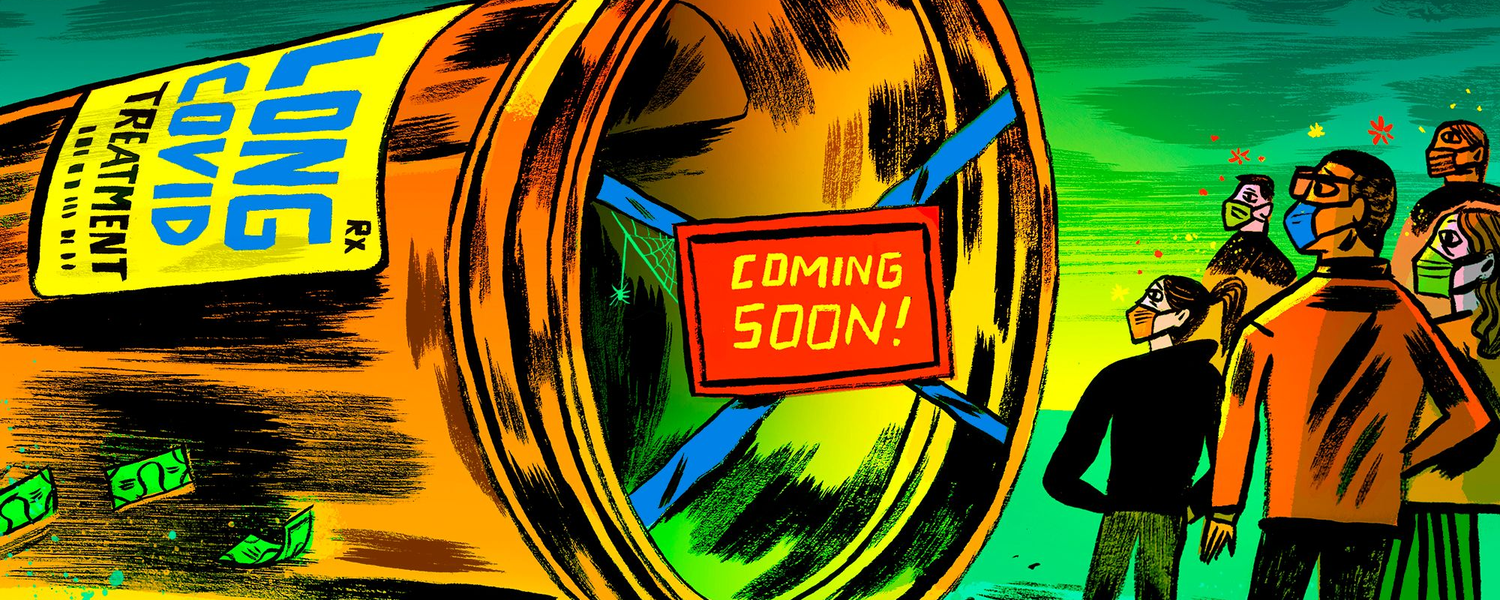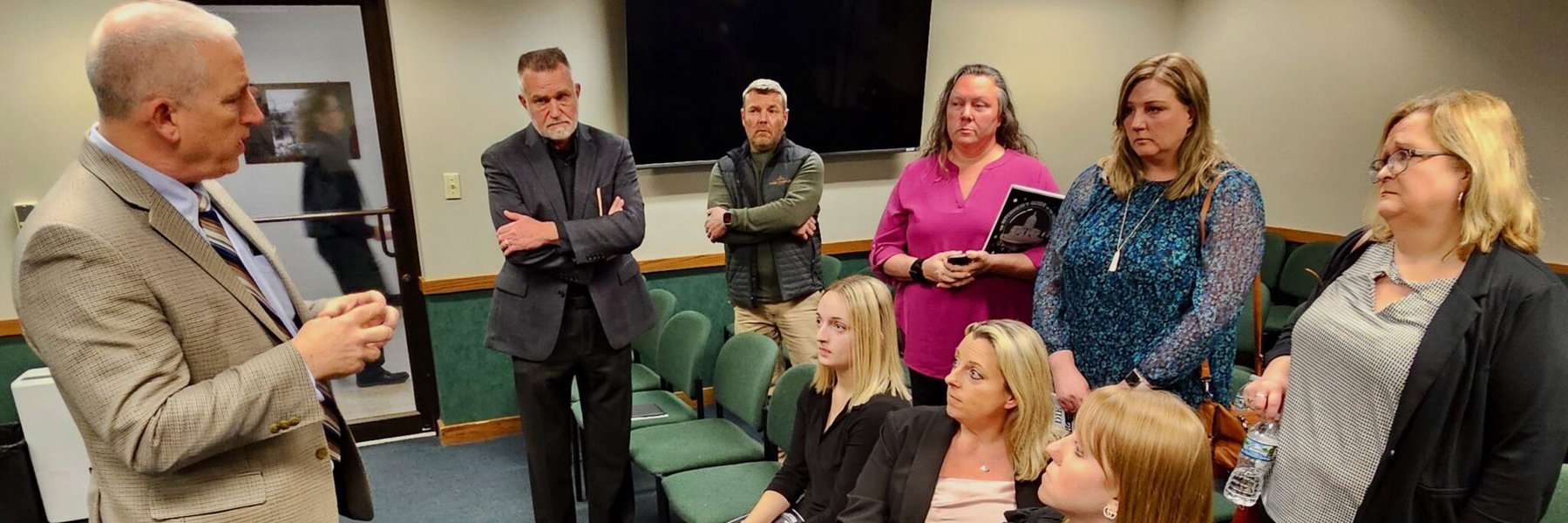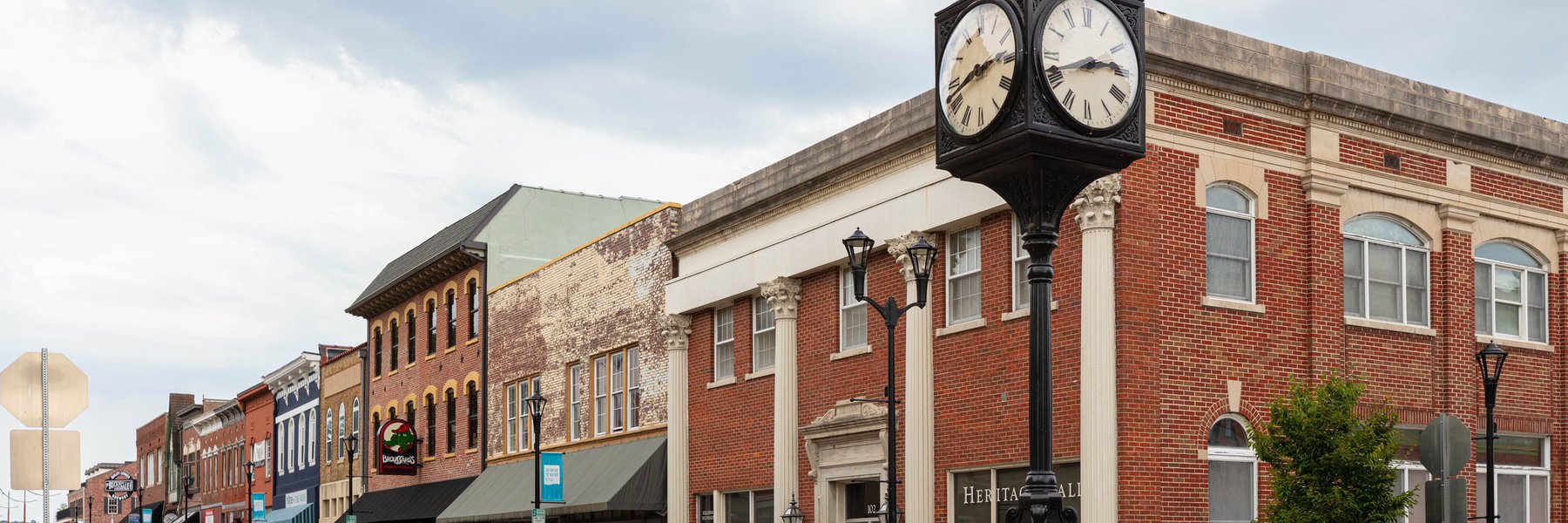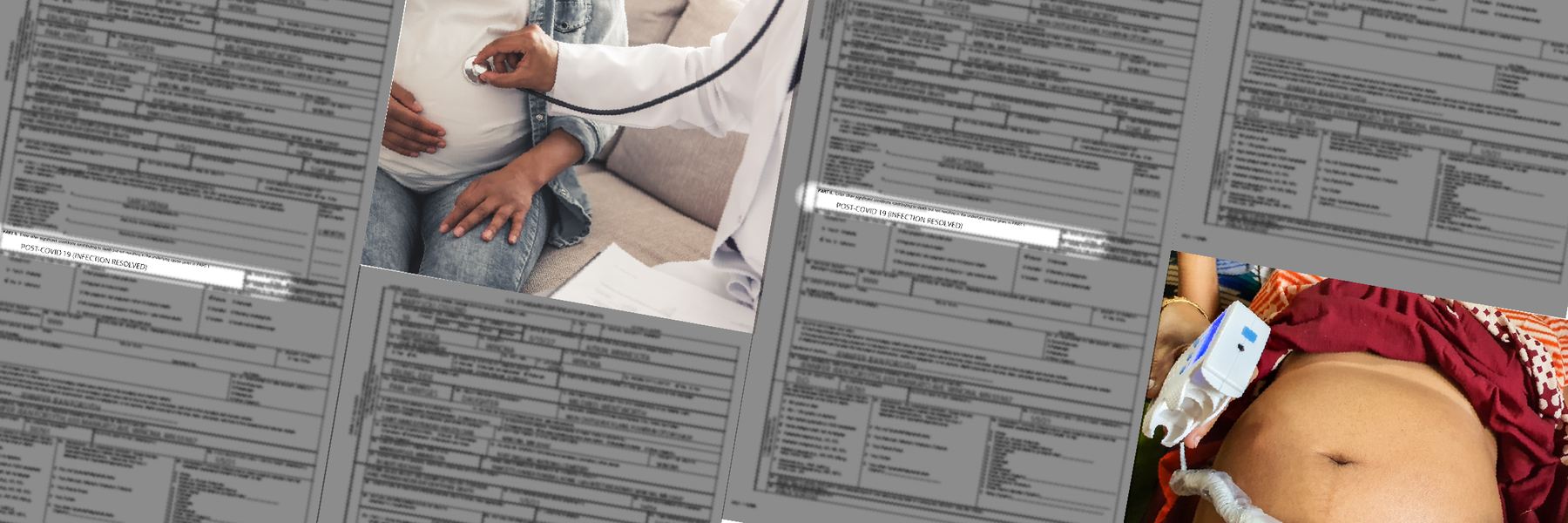It’s not always easy to identify a COVID-19 death.
If someone dies at home, if they have symptoms not typically associated with the disease or if they die when local health systems are overwhelmed, their death certificate might say “heart disease” or “natural causes” when COVID-19 is, in fact, at fault.
New research shows such inaccuracies also are more likely for Americans who are Black, Hispanic, Asian or Native.
The true toll of the COVID-19 pandemic on many communities of color – from Portland, Oregon, to Navajo Nation tribal lands in Arizona, New Mexico and Utah, to sparsely populated rural Texas towns – is worse than previously known.

Incorrect death certificates add to the racial and ethnic health disparities exacerbated by the pandemic, which stem from long-entrenched barriers to medical care, employment, education, housing and other factors. Mortality data from the Centers for Disease Control and Prevention point to COVID-19’s disastrous impacts, in a new analysis by the Documenting COVID-19 Project at Columbia University’s Brown Institute for Media Innovation and MuckRock, in collaboration with Boston University’s School of Global Public Health; the USA TODAY Network; the Arizona Center for Investigative Reporting; Willamette Week in Portland; and the Texas Observer.
The data shows that deaths from causes the CDC and physicians routinely link to COVID – including heart disease, respiratory illnesses, diabetes and hypertension –have soared and remained high for certain racial and ethnic groups.
In Arizona’s Navajo and Apache counties, which share territory with Navajo Nation, COVID deaths among Native Americans drove nation-leading excess death rates in 2020 and 2021. While COVID death rates among Natives dropped during the second year of the pandemic thanks to local health efforts, other causes of death such as car accidents and alcohol poisoning increased significantly from 2020 to 2021.
In Portland, deaths from causes indirectly related to the pandemic went up in 2021 even as official COVID deaths remained relatively constant. Black residents were disproportionately impacted by some of these causes, such as heart disease and overdose deaths – despite a county-wide commitment to addressing racism as a public health threat.
In Texas, smaller, rural counties served by Justices of the Peace were more likely to report potential undercounting of COVID deaths than larger, urban counties served by medical examiners. Justices of the Peace receive limited training in filling out death certificates and often do not have sufficient access to postmortem COVID testing, local experts say.
Experts point to several reasons for increased inaccurate death certificates among non-white Americans. These include resources available for death investigations, the use of general or unknown causes on death certificates, and how the race and ethnicity fields of these certificates are filled out.
Such barriers to accurate death reporting add on to existing health disparities that made non-white Americans more susceptible to COVID in 2021, despite widespread vaccination campaigns and health equity efforts.
“Even if you try to level the playing field, from the jump, certain populations are dealing with things that put them at greater risk,” said Enrique Neblett, a health equity expert at the University of Michigan’s School of Public Health. These issues include higher exposure to COVID, as people of color are overrepresented among essential workers, as well as higher rates of chronic conditions that confer risk for severe disease. “Those things aren’t eliminated just by increasing access to a vaccine,” Neblett said.
It is critical to improve data collection and reporting for deaths beyond those officially labeled as COVID because data is a “major political determinant of health,” said Daniel Dawes, executive director of the Satcher Health Leadership Institute at the Morehouse School of Medicine. Information on how people are dying in a particular community can shape priorities for local public health departments and funding for health initiatives.
“If there is no data, there is no problem,” Dawes said.
Undercounting at the national level
Going beyond the deaths officially attributed to COVID provides a broader picture of the pandemic’s toll on marginalized communities. The U.S. system for investigating how people die is a patchy, uneven network of coroners and medical examiners, which have wildly different resources and training from state to state – or even from county to county.
As a result, researchers often use excess deaths, a measure of deaths that occur above what demographers expect to see in a given time period based on past trends, to examine the pandemic’s overall impact. Nationwide, more than 280,000 excess deaths since 2020 have not been attributed to COVID.
Coroners and medical examiners serving Black communities, in particular, have fewer resources for death investigations, according to an analysis by the Boston University School of Public Health, relying on survey data of death investigations by the Department of Justice. Counties with the highest shares of Black residents had the fewest full-time personnel to investigate each death, the researchers found.
These death investigation offices “may not have the capacity to treat all of these deaths equally,” compared to offices with more staff, said Rafeya Raquib, a research fellow who worked on the analysis.
Also, in the last two years, death investigators have relied more heavily on nonspecific or unknown causes of death for people of color. These causes, called “garbage codes” by researchers, are designed to be used as a last resort when an investigator is unable to determine how someone died.
Garbage codes were a “pretty big problem” before the pandemic, said Laura Dwyer-Lindgren, leader of the U.S. Health Disparities team at the University of Washington’s Institute for Health Metrics and Evaluation. Past analyses going back to the 1990s have found these codes have historically been used more among non-white people.
These inaccurate codes “compromise our ability to say something definitive about a person’s cause of death,” Dwyer-Lindgren said. Garbage code deaths among non-Hispanic white people increased only 1% during the pandemic, compared to the prior two years; among Hispanic, Native, and Asian Americans, they increased by more than 20%.
The Boston University team found this trend was more pronounced among deaths that happened at home, where death investigators with less medical training are in charge.
“Our death investigation system structurally disadvantages communities of color by obscuring the causes of death in those communities, which hinders our policy response,” said Andrew Stokes, a professor in the Department of Global Health at the Boston University School of Public Health and leader of the research team.
Another potential source for undercounting: Race and ethnicity are not always correctly reported on death certificates, especially if the investigator filling out such a certificate is a different race than the person who died. These errors are particularly common for Native Americans, like Mary-Katherine McNatt, a public health expert at A.T. Still University whose research focuses on health disparities.
“Very rarely will someone look at me and say, ‘Oh, she’s clearly American Indian,’” she said.
In Native American communities in Arizona, excess deaths remain high
Timian Godfrey, a Navajo assistant clinical professor of nursing at the University of Arizona, traveled to the Navajo Nation in early 2021 to help with its mass vaccination campaign.
The reservation – the largest in the country, with a population over 160,000 and shared territory with Arizona, New Mexico and Utah – was hit hard by COVID in spring 2020. Barriers to health care access and high rates of chronic diseases made the Diné community highly vulnerable; leaders responded with strict lockdowns and other safety measures. Getting vaccines into arms was the next phase of Navajo Nation’s response.
Godfrey said people waited in line for upward of four hours to get their vaccinations. “We heard so many devastating stories, but also the commitment of them knowing that this is what they could do for their family and to protect their loved ones,” she said.
Thanks to these efforts, Arizona’s Native American communities became “pockets of high vaccine areas,” McNatt said. The vaccinations contributed to a sharp decline in COVID deaths and overall excess deaths: In Navajo County, the COVID death rate for Native Americans almost halved between 2020 and 2021, according to analysis of CDC data. In Apache County, the rate dropped by 36%.
But neighboring white communities were more “hostile to masking” and vaccination, said Will Humble, executive director of the Arizona Public Health Association. As a result, white death rates in Navajo County rose by 3.5 times from 2020 to 2021, while white death rates in neighboring Apache County rose by more than five times.
Even as COVID death rates declined for Native Americans, excess deaths in Navajo and Apache counties remained high. In both 2020 and 2021, Apache County had the highest excess death rate of any U.S. county over 30,000 people, while Navajo County had the fourth-highest rate in 2020 and the second-highest rate in 2021.
Arizona counties with high percentages of Native American residents rank extremely high on the CDC’s social vulnerability index, said Dr. Daniel Derksen, director of the University of Arizona Center for Rural Health. “The populations that live in those rural counties tend to be quite vulnerable to things like natural disasters, things like pandemics,” he added, because of numerous factors included in the index calculation, including lack of access to care and populations that skew older.
Despite the vaccination success for this Native American community, legacies of racism and colonialism contributed to continued health problems in 2021, said Emerson, the UNC expert. He pointed to issues such as a lack of clean water and intergenerational households as sources of coronavirus spread in the region. Godfrey said that the high prevalence of chronic diseases in Native Americans, such as diabetes and kidney disease, which are dangerous comorbidities, are also a consequence of colonialism in the country.
In Portland, Black residents are disproportionately affected
For officials in Portland, the pandemic has revealed how much work lies ahead in order to truly address systemic health inequities. Since 2014, Multnomah County, which includes the state’s most populous city, has received grant funding from the CDC for targeted programs aimed to improve public health among the county’s Black residents.
The pandemic worsened disparities and “made it harder” to do this work, said Charlene McGee, director of the program, called Racial and Ethnic Approaches to Community Health.
Despite its high COVID vaccination rate – more than 80% of residents are fully vaccinated, according to CDC data – Multnomah County saw a stark increase in excess deaths from 2020 to 2021. These deaths were disproportionately located in communities of color, particularly Native American, Black and Pacific Islander communities.
Some of those excess deaths resulted directly from COVID. While the overall number of official deaths in Portland did not change significantly from 2020 to 2021, the distribution shifted: The rate of Black deaths more than doubled from 2020 to 2021. Death rates among other groups remained constant or dropped.
McGee connected the high Black death rate to a history of poor access to health care, as well as higher rates of chronic conditions such as diabetes, high blood pressure and hypertension. She also pointed to vaccine hesitancy in the Black community, tied to past and present negative interactions with the medical system.
“In 2022, we still hear about the Tuskegee study,” she said.
Beyond the official COVID deaths, deaths from other causes went up in the second year of the pandemic above what demographers estimated for Multnomah County. To researchers like the Boston University team, such an increase could indicate that some COVID deaths have been incorrectly reported.
The best “proxy measure” for incorrect reporting is the share of excess deaths that were assigned to COVID-19, Stokes said. In Multnomah County, less than half of excess deaths were officially labeled as COVID in 2021. This could indicate “potentially severe underreporting, which could be significant enough to skew decision-making by policymakers,” he said.
The Multnomah County Health Department acknowledged it doesn’t routinely analyze local death data or compare Multnomah to other counties.
Russell Barlow, an epidemiologist at the agency, pushed back against potential undercounting of COVID deaths. In later stages of the pandemic, he has seen more “incidental” cases in which a patient tested positive for COVID – but it’s unclear whether the virus actually contributed to their hospitalization or death, he said.
Such cases could potentially skew COVID-19 death rates in the opposite direction, though some experts say worries about these cases are overblown.
Limited bandwidth for analyzing death data has been a broader problem for Oregon’s public health system during the pandemic. Oregon has a statewide medical examiner’s office, but it relies on individual counties to investigate deaths that occur outside the health care system.
County programs to investigate deaths often “rely on part-time investigators with limited forensic training,” said a spokesperson for the Oregon State Police, which oversees the medical examiner’s office.
During the pandemic, these investigators saw more cases but did not receive a corresponding increase in resources. The state medical examiner’s office had 17 full-time staff as of summer 2022, with 8.5 positions “vacant pending recruitment.” While the office received a funding increase in Oregon’s latest legislative session, goals such as accreditation by the National Association of Medical Examiners are still far off.
Resource challenges likely contributed to an increase in deaths attributed to garbage codes – those ill-defined causes of death that investigators are supposed to use only after exhausting all other efforts to identify how someone died – in both Multnomah County and Oregon as a whole. In Multnomah County, the number of deaths attributed to these codes increased by 34% during the pandemic compared to the previous two years, while in Oregon as a whole, garbage code deaths increased by 35%.
Rural counties in Texas see tight budgets
Any pandemic strain felt by physicians and death investigators in urban areas like Portland was multiplied for rural counties with even fewer resources. This problem is particularly visible in Texas.
Texas has 254 counties, each of which has its own office for tracking deaths. In 15 counties with populations over 2 million, this is a formal medical examiner’s office with trained staff. For example, Dallas County is served by the Dallas County Southwestern Institute of Forensic Sciences: this office had 71 full-time staff and a budget of nearly $16 million in 2018, according to the DOJ survey.
For the remaining 239 Texas counties, elected Justices of the Peace are responsible for investigating deaths. These JPs do not need any medical training to take on their jobs. In fact, the only training they receive for tracking down deaths outside medical settings is a two-hour course from a medical examiner, according to reporting by the Texas Observer.
This is far from the comprehensive education that should be required to fill out death certificates, said Rebecca Fischer, an epidemiologist at Texas A&M University. “It’s unfair to put this burden onto somebody without proper training,” she said.
Texans regularly received incorrect death certificates before the pandemic, but COVID has brought new light to this issue. For instance, early in the pandemic, JPs from Orange and Jefferson counties told local reporters they were not ordering COVID tests for people who had potentially died of the disease, even though such testing is recommended by the CDC.
In more than half of Texas’ rural counties, fewer excess deaths were officially attributed to COVID in 2021 than the state average, according to the analysis by Stokes’ team.
Several counties on or near the state’s border with Mexico, such as Zavala, assigned less than half of their excess deaths to COVID in 2021 – a clear signal of underreporting. Another border country, Presidio, also fits this pattern.
Sometimes, JPs may want to perform a COVID test or full autopsy to determine how someone died, but may feel constrained by the high costs of these tests, said Thea Whalen, the executive director of the Texas Justice Court Training Center, who organizes training for JPs.
“Everything is county budget-driven, in our state,” she said. “That can lead to judges, sometimes, feeling like they aren’t able to get what they need.”
Texas counties with higher-resourced medical examiners offices had more accurate reporting: Dallas County assigned 85% of its excess deaths to COVID in 2021. But even these offices may be “pretty overwhelmed” with many deaths to investigate, Whalen said.
JPs are primarily responsible for investigating deaths that occur at home or otherwise outside medical settings. These at-home deaths are more common in rural areas, Stokes said, in part because rural communities have less access to health care. Between 2005 and 2022, 183 rural hospitals have closed across the country, according to a study by the Cecil G. Sheps Center for Health Services Research at the University of North Carolina Chapel Hill. Of those 183 hospitals, 24 were in rural parts of Texas.
Fischer also pointed to political polarization around COVID as a potential driver of inaccurate death reporting in the state. Inaccurate reporting can further contribute to community perceptions of COVID risk, as part of what Stokes calls a “negative behavioral feedback loop.” If someone does not know people are dying from COVID in their community, they may be less likely to follow public safety measures – thus contributing to more spread of the virus.
“When the information pipeline is clogged by underreporting, we don’t know what our risk is,” Fischer said.
What can be done?
Despite the challenges that stand in the way of accurate death data for marginalized Americans, these patterns are not inevitable.
In mid-March 2020, officials in Matagorda County, Texas – a rural county along the Gulf Coast, served by a JP – identified the first COVID death in the state. The Texan, a man in his late 90s, died before he could be tested for the coronavirus, but his respiratory symptoms led the county’s small hospital to conduct posthumous testing for him and for his caregiver. This was a unique move, at a time that testing was widely inaccessible in rural areas.
Matagorda County’s JP office, aided by an attentive small county hospital staff, continued to conduct thorough death investigations throughout the pandemic. According to the Boston University analysis, this county had more official COVID deaths in 2021 than it did excess deaths, indicating a high accuracy of reporting.
This Texas county may serve as an example for future improvements in death reporting. When local offices are provided with resources and training to thoroughly investigate deaths, they are better equipped to do their jobs. Some experts have even suggested abolishing coroners entirely, and ensuring that every death investigator is a medical professional. A bill that would split the roles of sheriff and coroner in California is currently advancing through the state legislature.
“Every epidemiologist wants everybody to be tested for everything all the time,” Fischer said. Such exhaustive testing is likely impossible, she acknowledged, but more comprehensive training and better resources for death investigators could bring the U.S. closer to that ideal.
Only 17% of death investigation offices interviewed in the DOJ study were accredited by one of the two organizations that certifies this work, said Raquib, the Boston University researcher. “Providing guidelines for these offices, as well as making sure they’re accredited,” would improve death statistics.
Statewide medical examiners can also bring more standards to this process. The Documenting COVID-19 project’s past reporting with USA TODAY found that highly accurate COVID death reporting in New England states stems from such statewide offices, which are well-run and well-funded; high quality-hospitals in this region played a role as well. Federal agencies like the CDC have even more capacity to standardize the death system across the country, Stokes said.
Outside the death investigation system, disadvantaged communities require resources and structural changes to address long-standing inequities, experts say. Public health researchers like McNatt and Dawes currently must break through mistrust in the medical system when they seek to collect data, even though those data could be vital in addressing problems.
“Without the data, we cannot go in there as professionals and develop interventions to make (a) better quality of life,” McNatt said.




